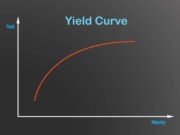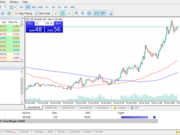What is ‘Absolute Frequency’
A statistical term describing the total number of trials or observations within a given interval or frequency bin. The frequency bins can be of any size, but they must be mutually exclusive, exhaustive and the data must be grouped.
Explaining ‘Absolute Frequency’
The absolute frequency is simply the total number of observations or trials within a given range. For example, assume there is a collection of grouped data for the percentage returns for a particular stock, which is ranged from lowest to highest. If there are 56 observations within the 5-7% frequency bin, then the absolute frequency of this bin is 56.
Further Reading
- Absolute frequency measurements of CO – www.tandfonline.com [PDF]
- Absolute frequency measurement of the optical clock transition in with an uncertainty of using a frequency link to international atomic time – www.tandfonline.com [PDF]
- Econometric analysis of realized covariation: High frequency based covariance, regression, and correlation in financial economics – onlinelibrary.wiley.com [PDF]
- Dependence structures for multivariate high-frequency data in finance – www.tandfonline.com [PDF]
- Leverage and volatility feedback effects in high-frequency data – academic.oup.com [PDF]
- Financial reporting frequency, information asymmetry, and the cost of equity – www.sciencedirect.com [PDF]
- Intraday periodicity and volatility persistence in financial markets – www.sciencedirect.com [PDF]
- Dynamic Behavior of the Middle Ear Based on Sweep Frequency Tympanometry: Original Papers – www.tandfonline.com [PDF]


































